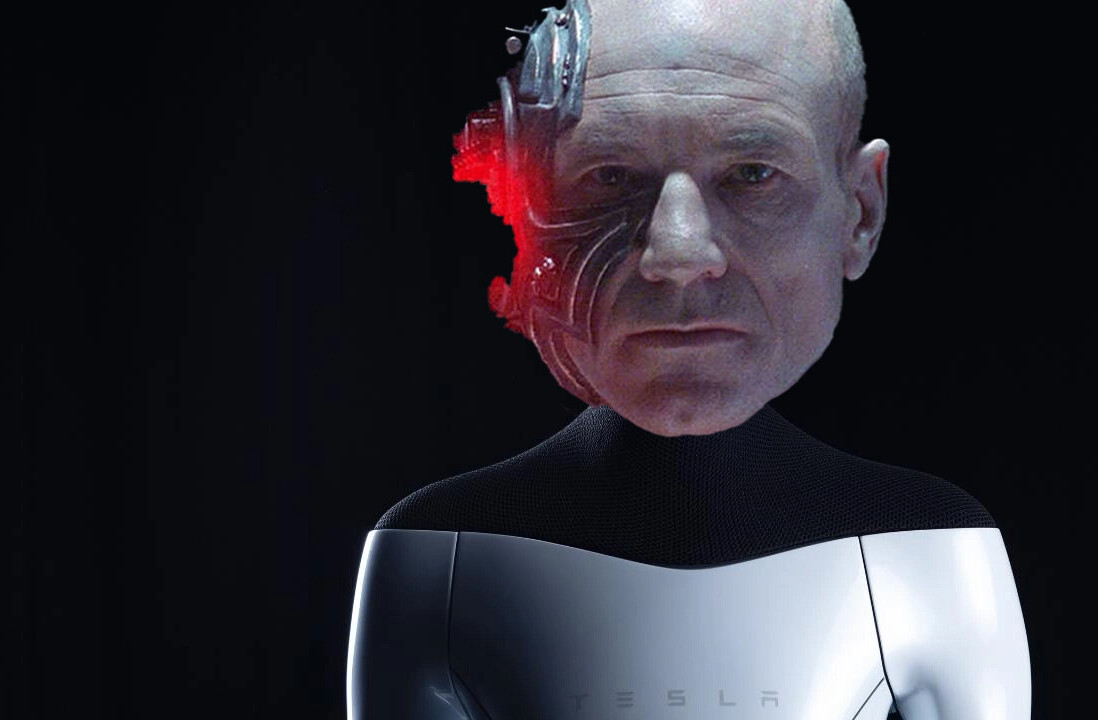
There’s a big difference between having a creative idea and actually bringing that idea to life. Marketing, sales, commerce, and service delivery systems must be built with careful, deliberate attention to every step in the process of designing and implementing the idea. Miss a key step or ignore a key process, data, or technology component in the architecture, and the entire experience might fail.
Enter the need for ‘experience architecture’ — a new frontier that blends the capabilities and competencies of ‘enterprise architecture’ and ‘experience design’ to enable next-level customer experience to come to life. Whereas enterprise architecture has historically focused on building the technology infrastructures needed to deliver products and services, experience architecture expands from this narrow focus to something much more valuable.
With companies now — hopefully — recognizing that customer experience is a primary strategic business driver, we’ve seen more of them expand their approach to experience architecture to encompass every point and moment at which the customer might interact with the brand.
[Read: How to avoid stereotypes when designing for global markets]
Every moment of interaction is dependent on a complex combination of design, people, processes, business rules, security, data, integration, and infrastructure technology.
Today, experience architecture is more interconnected and holistic than ever before — and as a result, we’ve listed several interesting new trends that you should be aware of in order to build next-level customer experiences.
Where experience architecture and customer experience meet
Experience architecture has typically incorporated four main components:
- Business Processes — the processes a company operates to provide products or services
- Applications — the software and systems that run those processes
- Data — the data, data storage, and data processing that power the applications
- Infrastructure — all other information technology assets that the company uses
Notably, the customer experience is missing from this list — an oversight that companies are working double-time to correct.
However, there are many layers to the customer experience, and each layer introduces a new set of complexities that must be mapped out during the experience architecture process:
- Marketing wants to engage customers through different channels — increasingly with personalized messaging and offers.
- Sales needs to turn leads into customers with fast, frictionless experiences.
- Commerce needs to make it as easy as possible for customers to find and buy products. In a post-COVID-19 world, contactless commerce is critical and digital capabilities are the great enablers.
- Service wants to help customers solve their problems in a timely and efficient fashion, often via self-service channels and proactively.
To architect exceptional experiences at each of these opportunity areas and touchpoints, there must be strong integration and support from each individual business team.
If you truly want to achieve this, the entire organization must be on board — ensuring the tools, processes, policies, and people are in place to facilitate this level of experience delivery. Nothing should detract from the positive, frictionless customer experience at any point.
Done well, experience architecture can successfully tie together all these different strands of communication and the governance model that collectively shape customers’ perceptions about the brand, weaving those threads into a cohesive mantle that guides everything the company does.
In short, experience architecture gets the entire organization rowing in one direction: toward delighting the customer. It provides the pathway that leads customers to unabashed brand loyalty — those coveted customers who swear by one airline, who always buy Ford but never Chevrolet, or choose an iPhone over an Android smartphone every time and vice versa.
How experience architecture is evolving
As companies rise to meet this challenge and adapt their approach to experience architecture, many new trends are shaping the customer experience.
1. Employees matter
By now, most firms have realized the importance of putting the customer at the center of their business. Many have spent time creating and understanding customer journey maps and personas. Some have re-invigorated customer research initiatives through surveys and quantitative measures such as Net Promote Score (NPS®).
However, most have yet to rethink their employee’s experience. If a technology, process or system is not intuitive for employees to use and maintain, the customer experience falls apart before the customer has even entered the scenario.
Companies are increasingly recognizing that highly engaged and informed employees can provide a higher level of customer experience — and as a result, companies are investing more in the digital experiences for all employees, but especially these front-line workers who directly engage with customers. Employees are the critical bridge between customers and technology enablement of brand experiences.
2. Simplified technology
In a related vein, companies are increasingly seeking to simplify the technology they use to reach and engage with their customers. Since complicated tech stacks that involve multiple single-point solutions are more difficult to implement, operate, maintain, and scale, there’s a greater risk that the customer experience may be damaged over time.
In response, many companies are migrating to cloud-based solutions and all-in-one digital experience or engagement mega-platforms, such as Salesforce, Adobe, Pega, and SAP. Ultimately, simpler is better and more cost-effective and scalable in the long run.
3. AI insights
While companies today collect massive amounts of data, they often don’t know what to make of it or how to put it into action. Artificial intelligence (AI) is a powerful tool to detect and highlight patterns within these reams of data.
When AI is applied to the customer journey, companies can derive insights needed to scale their delivery of service, predict new behaviors and better meet the needs of their customers.
For example, a company might normally run customer service hours from 8:00 a.m. to 5:00 p.m. But if the company’s AI tool detects a pattern of customers attempting to reach the service department at 7:00 a.m., the company can make an informed decision about how to adjust their hours and deliver a better customer experience.
4. Omnichannel experiences
The better companies get at experience architecture, the more each customer channel can be optimized and synchronized for more seamless customer experiences that span time, channels, screens, and moments.
Rather than focusing on creating a better online shopping experience or a mobile app experience, this more expansive view seamlessly incorporates new channels such as wearables, connected cars and other Internet of Things-connected devices with existing channels for more holistic experiences. The result is a smarter, more cohesive experience that aligns with customer expectations.
5. Better automation at scale
Interactive technologies — such as chatbots, virtual reality and voice commerce — received much hype and fanfare when they first emerged. Now, as these technologies are maturing, companies are revisiting how they can use these tools more effectively throughout the customer journey. Consumers too are becoming more comfortable with these technologies and are expecting these types of interactions.
Notably, automation tools can drive more rapid response times and increase customer satisfaction by quickly fielding the most common questions and problems customers have allowing for higher degrees of self-service. Connecting these tools to customer data platforms and other data sources allows for ultra-personalized customer interactions while also freeing up company employees to be able to focus on more complex, strategic issues.
6. Cybersecurity and data privacy
As more companies accelerate their digital transformation and more customers look to engage digitally in new and expansive ways, customers are demanding that brands be committed to transparency, honesty and data privacy. Companies must step up and honor those expectations.
In this increasingly digital environment, strong cybersecurity measures to protect both sensitive customer data and the organizational infrastructure — such as biometrics and multi-factor authentication — become table stakes rather than differentiators.
Consumers grow weary of data breaches and hacks that expose their personal information (financial, health, personal, etc.) to malevolent actors on the dark web. They will happily leave a brand that compromises their personal security without looking back.
Governments and regulators are holding companies to higher standards and making them accountable for data breaches as well. Experience architecture plays a crucial role in protecting everyone.
7. Customer lifetime value
Although customer lifetime value is certainly not a new concept, it’s playing an increasingly visible role in experience architecture. Budget realities mean that many companies must prioritize when and where they invest in customer experience.
From this perspective, it makes sense to prioritize investments that will either focus on those customers with the highest lifetime value, or that will serve to reduce churn and increase the lifetime value of a specific customer segment. Sophisticated analytics and mathematical models can help pinpoint these business-critical numbers.
Experience architecture can then enable targeting these segments with the right offers, experiences, personalization, etc. to keep them engaged over time.
Going forward
In the months and years to come, experience architecture will continue to become more sophisticated and successful at delivering amazing experiences.
Ultimately, though, it all starts with a simple premise: as organizations adapt to deliver continually better customer experiences, they must leave no stone unturned. They must coordinate and synchronize their enterprise architecture and technologies with the experiences they enable. This is a cohesive approach that is built for the future.
With the right approach to experience architecture, companies can gain a 360-degree view of the customer journey and can align their entire operational structure to optimize every step of the way.
Get the TNW newsletter
Get the most important tech news in your inbox each week.




